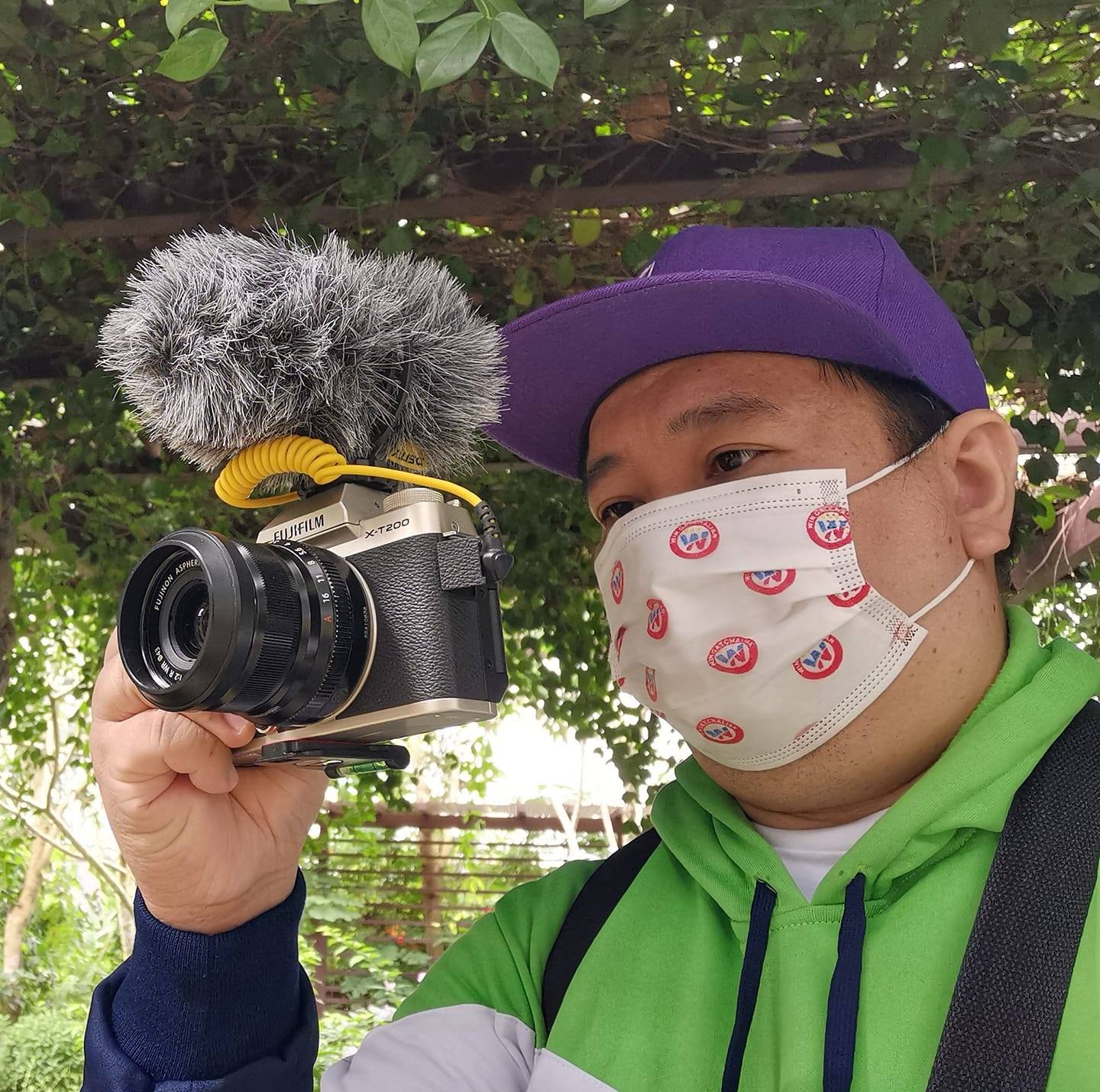
Disney/Pixar‘s “Toy Story 3” raises the bar for 3D filmmaking and exhibition, and takes full advantage of the newest technology to bring depth and dimension to the story. For this film, the Pixar team has perfected and pioneered the latest 3D advances to tell their story in a visually dynamic way. Director Lee Unkrich says that while 3D certainly enhances the moviegoing experience, Pixar has been incorporating dimension into their films all along. (more below)
“Our approach tends to use 3D as a window into the world so the audience can experience everything in depth,” says Unkrich. “We recreated and re-rendered ‘Toy Story’ and ‘Toy Story 2’ into 3D, and although neither of those films was designed to be 3D, they felt like they had been. That’s due to the fact that we were already staging in depth within our 2D images. For ‘Toy Story 3,’ my goal was to tell the best story that we could, while staging the action as dynamically as possible.”
As John Lasseter explains, “From the very beginning, I knew that within the computer, the world is truly three-dimensional. And it seemed like something that Walt Disney himself would have loved, because he was always striving to get more dimension in his animation. And now with 3D technology and the latest advances in exhibition, we’re able to give moviegoers an amazing experience. It’s like we’ve always been making 3D movies, audiences just haven’t been able to see them that way until now. It was like watching the film with one eye closed. With Lee’s dynamic staging of things and his knowledge and training in live-action filmmaking, ‘Toy Story 3’ is the most spectacular 3D experience yet.”

Unkrich likens seeing “Toy Story 3” in 3D to the experience a viewer might have looking through a classic stereo slide viewer. “It’s a way to look through a window or a portal into this world and see everything in dimension,” he says. “The 3D is the icing on the cake and it just makes the movie that much more cool to watch.”
One of the things that makes seeing “Toy Story 3” in 3D such a fun and pleasurable experience is the fact that the film is shot in toy scale—not human scale. “We’re in a world where the human objects such as tables, chairs and cars are much larger than life,” says Unkrich. “The 3D really helps cement that illusion of being taken down into the hidden world of toys.”
Overseeing the film from a 3D technical perspective was stereoscopic supervisor Bob Whitehill. “With our work on the first two ‘Toy Story’ films, we really found a visual 3D language,” says Whitehill. “We learned that a lot of 3D has to do with the camera separation between the left and right eye. And since we’re living in a world of toys, that interaxial separation is actually quite small. And because we want to see this world through the scale of the toys, through the scale of Woody, we learned how to set the distance between those cameras—the left and right eye cameras—based on Woody’s size. When we got to ‘Toy Story 3,’ it was very easy to create that sense of scale. For example, with ‘Up,’ you would default to a 2.25-inch camera separation, whereas with ‘Toy Story,’ we were defaulting to a 1/3-inch separation. It made a huge difference in getting the toy’s point of view and giving a greater sense of scale.
Opening soon across the Philippines in IMAX 3D, Digital 3D and regular format, “Toy Story 3” is distributed by Walt Disney Studios Motion Pictures International.








